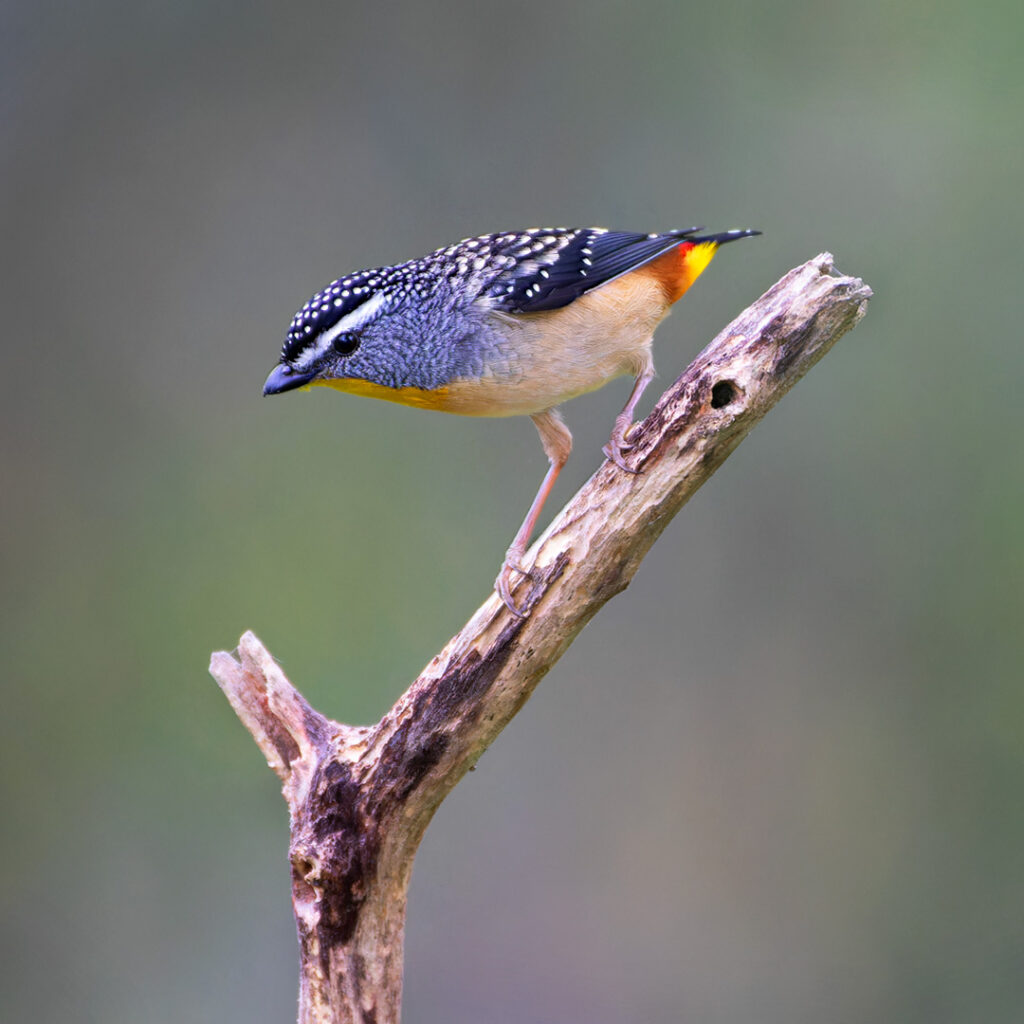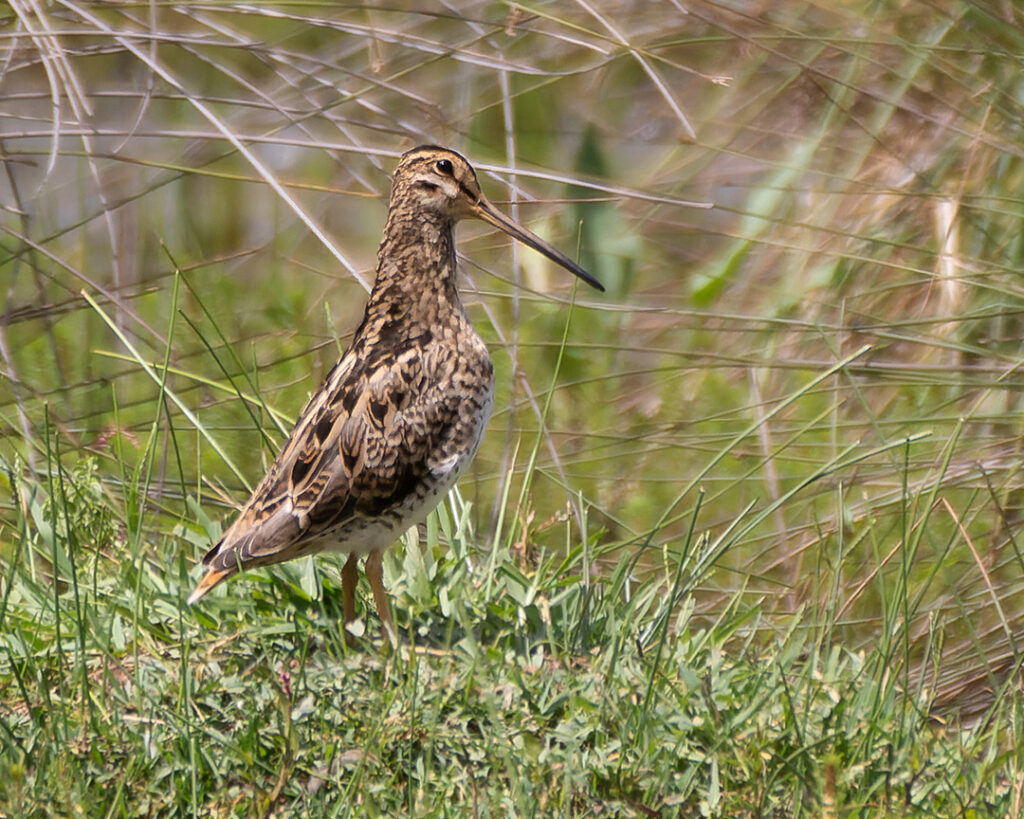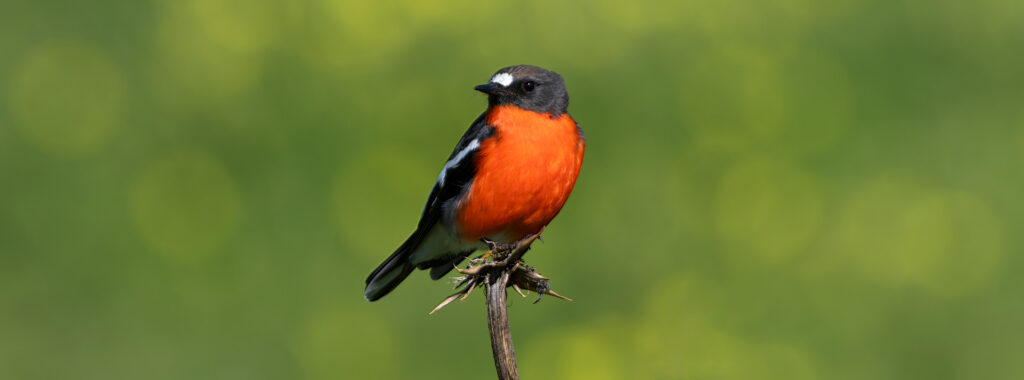Summer in Melbourne was ever so late this year. I remember thinking that while I was trying to cope with the heatwave at the beginning of autumn in March – the first month of the season in Victoria, Australia, where I live. It was too hot to do anything, even working on the computer because it was threatening to shut down. So the only thing left to do was to lie on the couch and read a physical book. Something good came out of that heatwave – I finally finished reading a novel right up to the very last word last on March 11 – after a hiatus from fiction for over 2 decades. But the value of fiction and what it could mean for learning design is the stuff for a future blog post.
I am a keen amateur bird photographer and I feel that I’ve produced my best work during this over the past 10 months. When reviewing the body of work over that period, it was obvious that I photographed more species that I previously have over a similar window of time. But less tangible is the sense that I’ve been making images with better technical control and more intentionality.
While I was thinking about how I made this jump in proficiency, it became apparent that I had been applying learning theory to how I approached lifting my bird photography game. So I’d thought I’d share some of those ideas in this post.
Like many other skills, bird photography is the sum of getting many moving parts to work in synchrony.
Finding less common species is a combination of knowing where to look and being observant enough to notice their presence. This is still my greatest challenge but I’ve made significant strides since the start of last winter. And it came down to finding a community of practice (Wenger, 1998, p. 3-11) and being embedded in a at least two zones of proximal development (Swan, 2005, p. 16).
While I’ve been photographing birds since mid-2015, I found myself stuck on a low plateau in 2018, and that led to a break from my hobby. In late 2019, we moved to a different suburb that was much closer to wild spaces than the one we left, and that got me making plans to reboot bird photography. Shortly after we moved into our new digs, the world got caught up in the COVID pandemic, and Melbourne was subjected to possibly the most protracted lock downs outside China and that put my birding plans on ice yet again. However by the start of 2023, some degree of normalcy had returned as had my desire to photograph birds. This was partly fed by a Facebook group for a stretch of wild space that was close enough to our new home. Members of the group were posting photos of species that I had not photographed before. This was a space for conversations about places where one was more likely to encounter specific species. It was through these conversations that I photographed my first flame robin last winter. I guess that it should come as no surprise that such online forums, regardless of their original purpose, become communities of practice where members learn from each other.

Having experienced some success, I reflected on what my other ongoing challenges were. I found that on many occasions, I wasn’t able to get close enough to a bird to fill up enough of the frame even though I was effectively shooting at the full-frame equivalent of 960 mm focal length – which is really long as it goes for birding. Reflection is one of the most important activities for bird photography as it is for other skills because reflection allows the individual “explore their experiences in order to lead to new understandings and appreciations” (Boud et al., 1985, p. 19).
After working on my own for a couple of months, I figured it was time to get some professional help. I saw an advertisement on Facebook about a masterclass in bird photography. So I signed up for it and it turned out to be a great experience to be out in the field with half a dozen other participants and working towards better bird photography techniques. What did I learn? Getting close to birds, especially small flighty ones, is difficult for all photographers. On the other hand, I also learned how to improve the backgrounds of my photos by taking a foot or two to the left or right of a probable perch usually does the trick. Attending training inserted me into Vygotsky’s zone of proximal development which definitely accelerated learning.
I was still on a quest to improve my bird finding skills. And once again Facebook came to the rescue. I joined a bird watching tour held in one of the wild spaces near my home. That tour was led by Angus Hamilton of Life Gone Wild (https://www.lifegonewild.au/). And it was so much fun to be birding in a small group. We sighted 62 species that morning. I enjoyed that experience so much that I signed up for a second tour in the same location some weeks later. It was on the second tour that I saw the elusive Latham’s snipe (Gallinago hardwickii) for the first time. Before I go any further, I’m going to digress and explain why the Latham’s snipe is such a big deal to me. The Latham’s snipe is one intrepid traveller in the avian world. It breeds in Japan’s northernmost big island, Hokkaido, and even further north in the Russian far east. Towards the end of the northern summer, it flies non-stop for about 5 days over open ocean covering a distance of about 5000 km till it reaches the Cape York peninsula in Australia’s far north when it refuels for the rest of its journey. And eventually it makes its way down to southern Australia where it spends the northern winter (adding another 2000 km to its journey). And somewhere in the northern spring, this species makes the return journey to its breeding grounds.

And now back to photography. These birding tours afforded me to be immersed in the zone of proximal development of a different yet related domain.
Having learned the probable locations of the Latham snipe, I returned on many occasions to one location, often waiting for hours with my camera mounted on a tripod and scanning the marsh for this species. And all that effort paid off for a few good photographs.
Unlike formal learning or professional development settings, developing proficiency in a hobby is pretty much up to the individual and this is where the principles of self-directed learning or heutagogy (Blaschke, 2012) can provide a useful framework to underpin the acquisition or improvement of skills.
In my case, learning theory provided several useful cognitive hooks to guide my journey as a bird photographer. Hopefully, I’ll get to the point of being shortlisted in a competition in the not too distant future.
References
Blaschke, L. M. (2012). Heutagogy and lifelong learning: A review of heutagogical practice and self-determined learning. The International Review of Research in Open and Distance Learning, 13(1), 56–71. https://doi.org/10.19173/irrodl.v13i1.1076
Boud, D., Keogh, R., & Walker, D. (1985). Reflection turning experience into learning. Routledge Falmer.
Swan, K. (2005). A constructivist model for thinking about learning online. In Elements of Quality Online Education: Engaging Communities (pp. 13-30). Sloan-C.
Wenger, E. (1998). Communities of practice: learning, meaning, and identity.NewYork:Cambridge University Press
